What Is a D1 School? An Overview of the NCAA in 2025

NCAA Division 1 is the crown jewel of athletics programs. Learn more about NCAA classifications and their D1 student-athletes!
From the heart-pumping breakthrough by a football player to the nail-bitingly close save of a volleyball player, sports are an integral and thrilling part of life. For some, the height of sports lies in college athletics and the young student-athletes who achieve great things both on the field and in the classroom.
Within college athletics, you may have heard of the NCAA Division 1, known for its highly competitive sports programs and the extensive opportunities it provides to student-athletes. But what exactly qualifies schools to be in this top bracket of college athletics? And while we're at it, what is a D1 school?
Well, in this informative Bold.org blog, we'll answer that question and more! We'll break down the NCAA D1 schools from their classification to academic expectations, and we'll also discuss the benefits and challenges faced by D1 athletes. So, let's jump right in!
Ready to elevate your academic and athletic journey? Seize the opportunity with Bold.org scholarships. Apply today!
Get Matched to Thousands of Scholarships
Create your Bold.org profile to access thousands of exclusive scholarships, available only on Bold.org.
Create Free Profile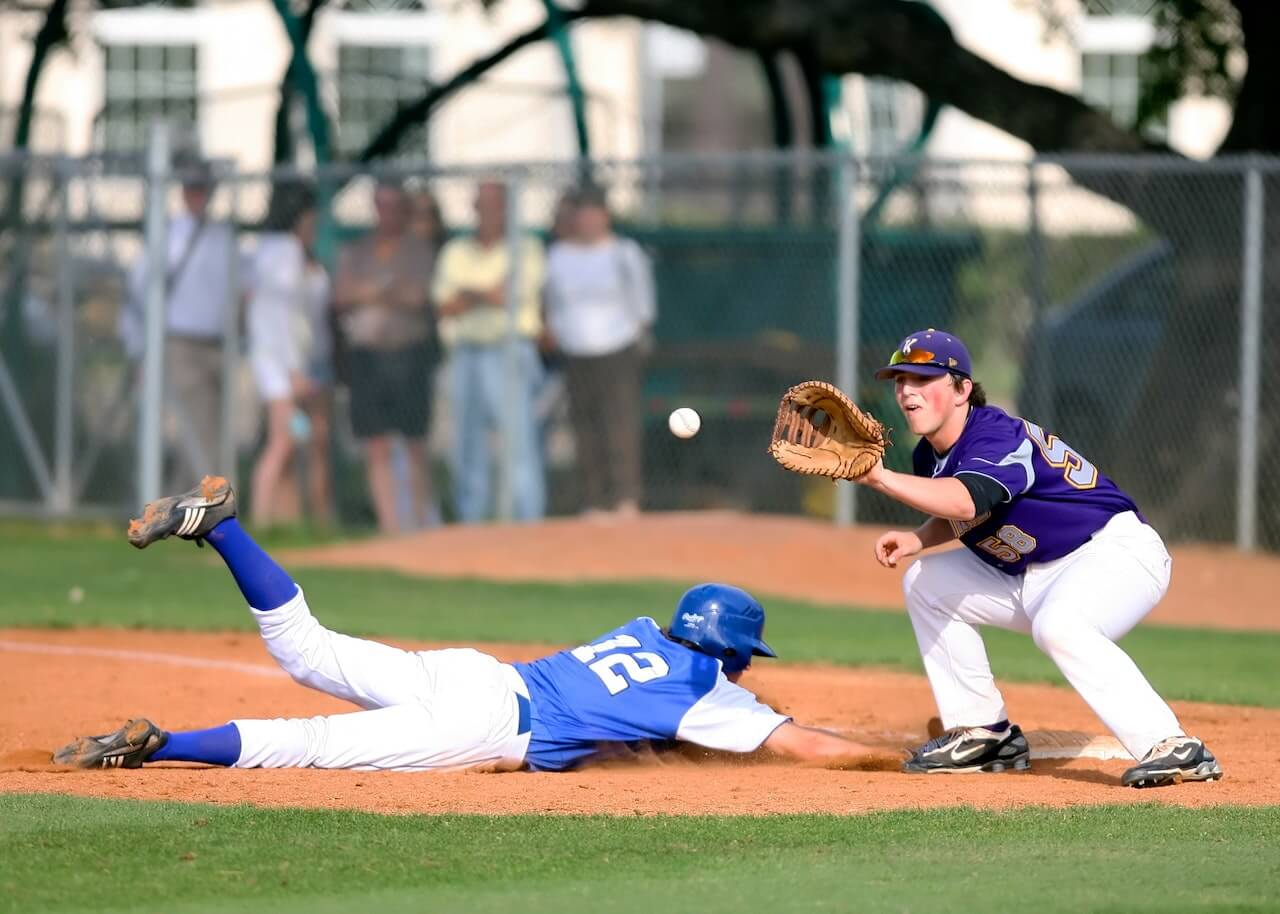
Basics: The NCAA Division 1
Before we dive into D1 athletics, let's get a handle on what NCAA Division 1 classification really means. The NCAA, or National Collegiate Athletic Association, is the governing body for college sports in the US, overseeing and regulating athletic programs of over 1,200 schools across the nation.
And how many NCAA divisions exist? Three! Division 1, Division 2, and Division 3.
When it comes to college athletics, the NCAA Division 1 is the highest level of competition between the three NCAA divisions. D1 schools invest heavily in their athletic programs, boasting the largest athletic budgets and providing top-notch facilities, expert coaching, and comprehensive support for their athletes.
NCAA Division 1 Classification Requirements
In Division I, colleges and universities need to support at least seven sports for both men and women (or six for men and eight for women), including two team sports for each gender. There are additional requirements for this:
- D1 schools must have teams playing every season.
- Both men's and women's sports teams must participate in every season.
Furthermore, Division I schools must adhere to minimum and maximum financial aid awards for each athletics program.
There are some other sports-specific requirements that are related to the unique demands of each sport. Let's take a deep dive into one of those sports: football.
Football
Division I schools with football programs are classified as either Football Bowl Subdivision (FBS) or Football Championship Subdivision (FCS). FBS schools have larger programs and can sponsor more athletic scholarships.
FBS schools can also compete in bowl games and the College Football Playoff, which is managed outside of NCAA governance, while FCS teams participate in the NCAA-run football championship. Additionally, some Division I schools don’t sponsor football, though the division distinctions only apply to football; all other sports compete under the general Division I rules.
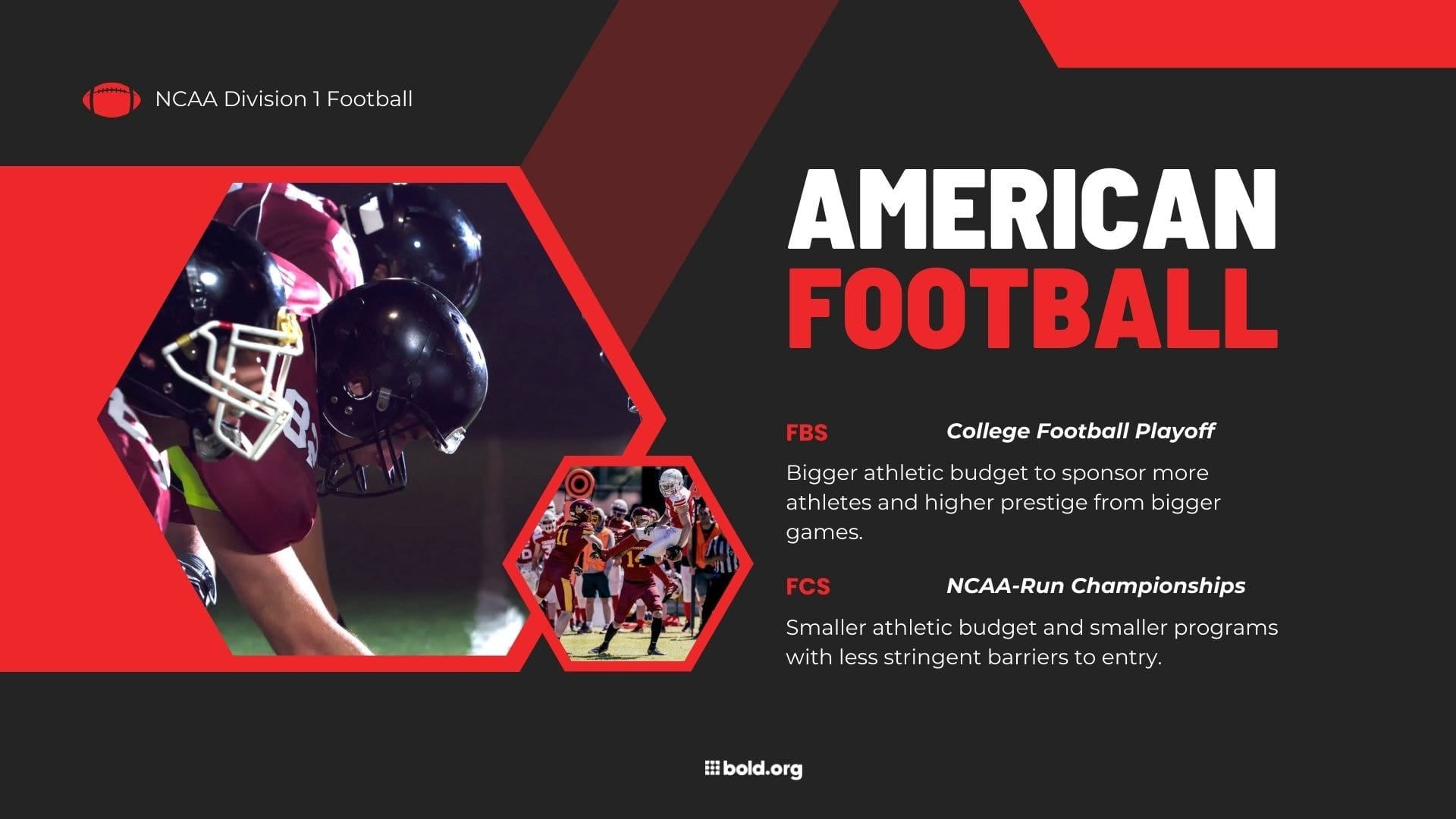
Division I Structure
D1 athletics is a complex system involving various stakeholders—coaches, administrators, fans, alumni, and athletes—focused on promoting high-level competition, education, and sportsmanship.
In 2014, Division I restructured to create a more flexible and efficient system tailored to the needs of member schools. Division I's rule-making process operates under two systems:
- Autonomy: Allows specific conferences more freedom in decision-making.
- Council Governance: Oversees division-wide regulations and policies.
Council Governance
In Division I, committees play an important role in overseeing various aspects, from championships to strategic planning and overall division health. Student-athletes are actively involved in governance through committees.
- Two members from the Division I Student-Athlete Advisory Committee participated and voted in Division I Council meetings.
- Each of the seven standing Council committees includes a voting student-athlete
Autonomy Governance
In the autonomy governance system, 15 student-athletes from various conferences contribute to the 80 votes on autonomy matters. This system allows these conferences to independently adopt rules on issues like scholarships and player welfare, with student-athlete input playing a key role in shaping those policies.
The structure of D1 athletics is designed to provide opportunities for student-athletes to compete at the highest level while also promoting the values of education and sportsmanship.
Elevate your game by checking out our Scholarship Blog for an insider's guide to all things D1.
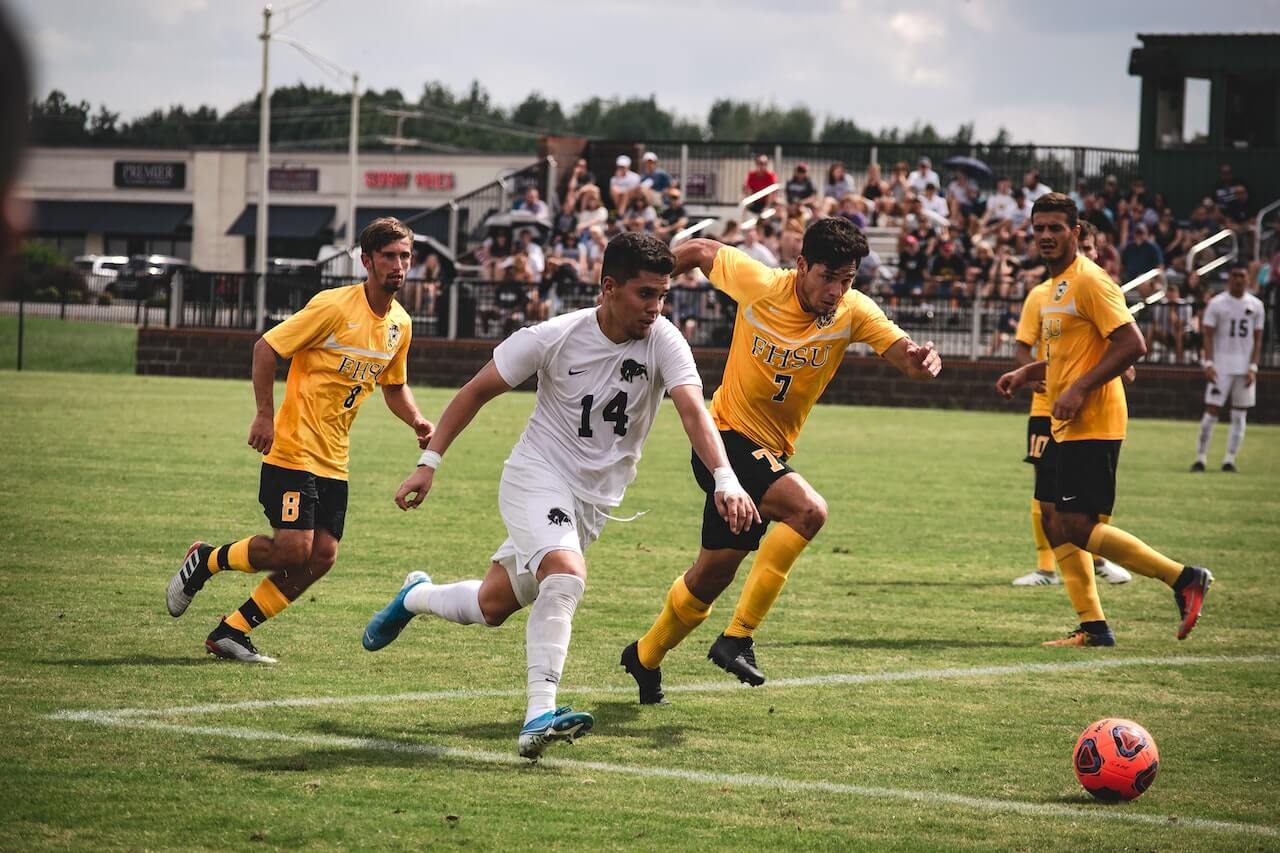
Sports Offered at D1 Schools
Aspiring student-athletes have the chance to explore a wide range of sports at D1 schools, each with its own unique culture and spirit. It's an environment where dedication, talent, and teamwork thrive, creating unforgettable moments for both participants and fans.
There are over 350 Division I schools with more than 6,000 athletics teams. Each school determines which sports to sponsor based on factors such as popularity, regional interest, and financial considerations. Here's a list of some of the most popular sports offered at D1 schools:
1. Football:
- D1 schools are renowned for their spirited football programs, with intense rivalries and electrifying games drawing fans from across the nation.
2. Basketball:
- The hardwood comes alive with thrilling basketball action, featuring both men's and women's teams competing at the highest collegiate level.
3. Baseball and Softball:
- America's favorite pastime is well-represented at D1 schools, with competitive baseball and softball teams showcasing top-tier talent.
4. Soccer:
- The global appeal of soccer is evident in D1 schools, where men's and women's soccer teams compete with skill and passion.
5. Volleyball:
- Spike, set, and match! D1 volleyball teams deliver exciting and fast-paced action, both on the men's and women's teams.
6. Track and Field, Cross Country:
- Runners, jumpers, and throwers excel in track and field, while cross-country athletes showcase endurance and determination.
While the focus is often on high-profile sports, it's important to recognize that D1 athletics also includes sports that may not receive as much attention. These sports, such as fencing, rowing, and water polo, offer opportunities for student-athletes with unique talents and passions to compete at the collegiate level.
Create Your Free Profile to Apply for Scholarships Today!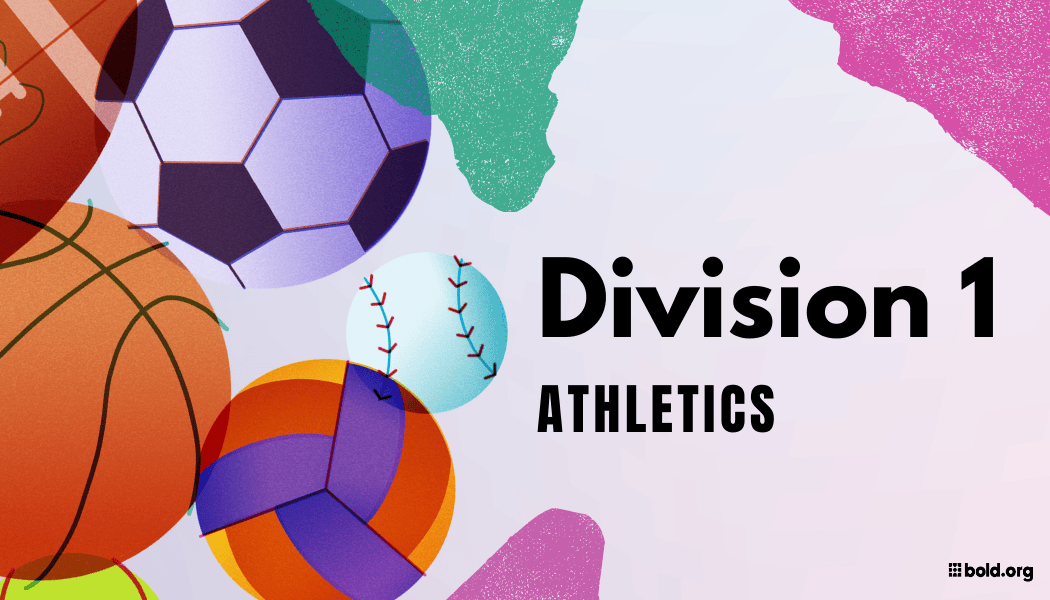
Noteworthy NCAA D1 Schools
1. Stanford University (Stanford Cardinal):
- Renowned for success in a wide range of sports, including tennis, swimming, and golf, and especially dominant in cross country and track and field. Stanford consistently excels academically as well.
2. University of Alabama (Alabama Crimson Tide):
- Known for its stand-out football program, the University of Alabama has achieved success in multiple sports, including gymnastics, softball, and golf. The Crimson Tide's athletic programs enjoy strong fan support.
3. University of Florida (Florida Gators):
- The University of Florida is recognized for its well-rounded success in various sports. Notable achievements include championships in football, basketball, gymnastics, and swimming. The Gators have a diverse and competitive athletic program.
4. Duke University (Blue Devils):
- Duke University's Blue Devils are renowned in collegiate sports, particularly known for their basketball program. Beyond basketball, the Blue Devils excel in soccer, lacrosse, and tennis, further solidifying their prestigious athletic legacy.
5. University of Notre Dame (Fighting Irish):
The University of Notre Dame's Fighting Irish boasts a rich tradition of success across various sports, from the historic football program to achievements in basketball, soccer, and hockey.
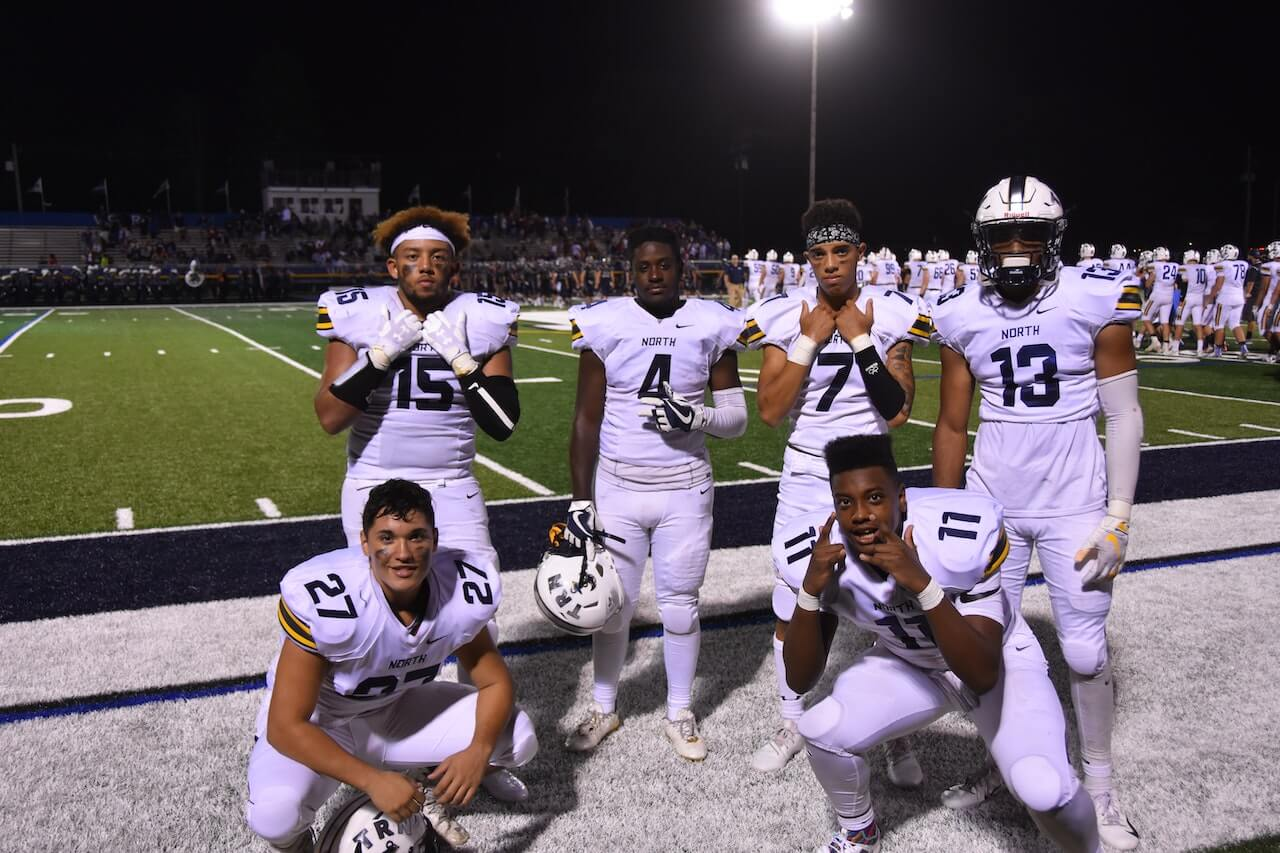
The Academic Expectations of D1 Schools
D1 schools emphasize balancing academics and athletics, providing student-athletes with a well-rounded education. They offer academic support services such as tutoring, study halls, and advising to help student-athletes succeed. Academic advisors create individualized plans to keep athletes on track for graduation while pursuing their sports careers.
Additionally, D1 schools promote a healthy work-life balance, encouraging breaks, self-care, and seeking support.
Academic Eligibility Requirements for Student-Athletes
To participate in D1 athletics, student-athletes must meet certain academic eligibility requirements set by the NCAA. These requirements are in place to ensure that student-athletes are making satisfactory progress toward their degrees while competing in their respective sports.
- Minimum GPA: Student-athletes must demonstrate academic proficiency by achieving a certain GPA threshold. This ensures that they are actively engaging in their coursework and meeting the academic standards set by the institution.
- Credit Hour Requirements: Student-athletes must also complete a specified number of credit hours each semester. This requirement ensures that they are making progress towards their degree and not falling behind academically due to the demands of their sport.
By setting these academic eligibility requirements, D1 schools prioritize the educational development of their student-athletes. Each school will vary on its eligibility requirements. It is important to research and understand the requirements.
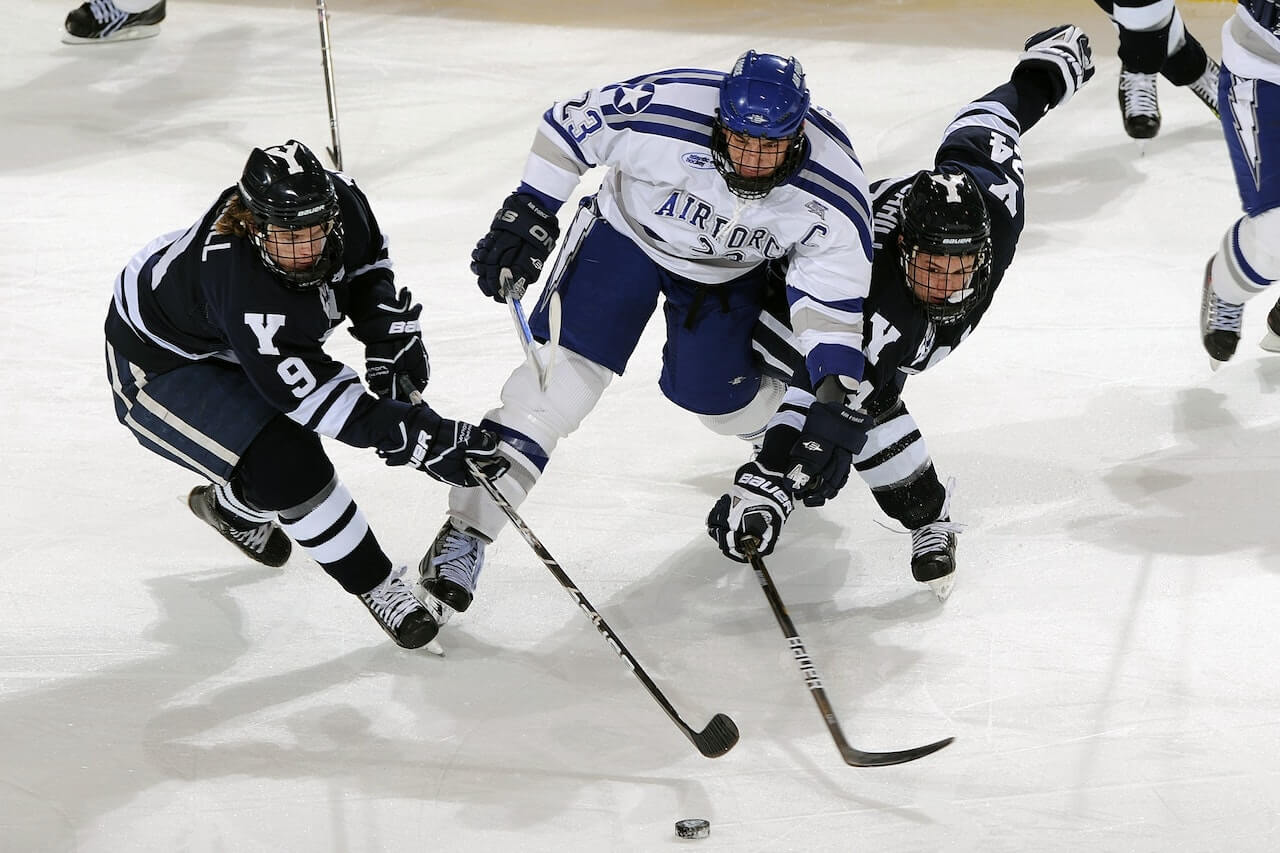
Athletic Scholarships
Athletic scholarships are a key part of Division I athletics, offering financial aid for tuition, room, board, and other expenses. However, not all student-athletes receive scholarships, and even partial scholarships are highly competitive.
Coaches select athletes based on performance, potential, leadership, and work ethic. Most athletic scholarships are awarded yearly and can be renewed or revoked based on performance and behavior. Student-athletes without an athletic scholarship can still compete as walk-ons or receive other financial aid, such as academic scholarships or need-based grants.
We know what you're thinking, and that's why we're one step ahead of you with our handy guide on how to get an athletic scholarship!
Bold.org Scholarships

Here at Bold.org, we have tons of athletic scholarships for students. Our commitment goes beyond the field, court, or track— we believe in empowering students to pursue their academic and athletic goals simultaneously. Below is only a small list of scholarships we offer for student-athletes.
- Wrestling Scholarships
- Football Scholarships
- Volleyball Scholarships
- Baseball Scholarships
- Basketball Scholarships
For more scholarships, be sure to use the scholarship search tool to find scholarships that interest you!
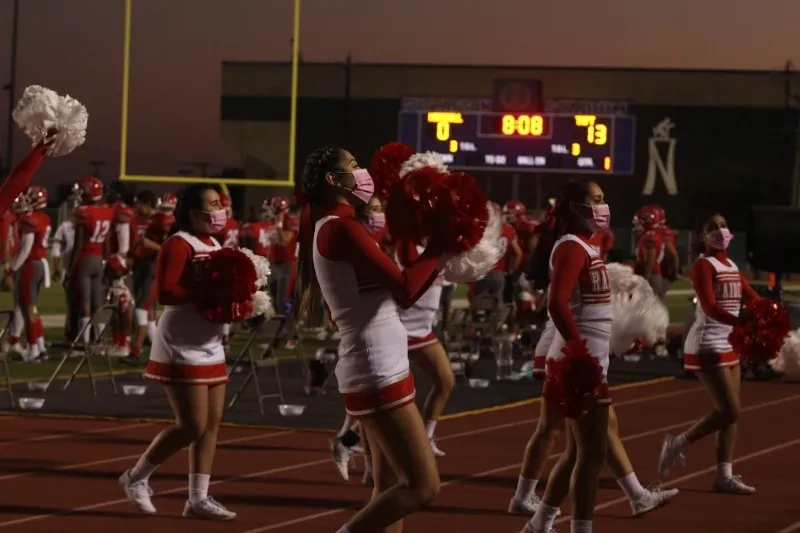
The Benefits and Challenges of Being a D1 Athlete
Being a D1 athlete comes with numerous benefits, but it also presents its fair share of challenges. Let's take a closer look at the opportunities provided by D1 Athletics and the potential drawbacks and difficulties that athletes may encounter.
Pros of D1 Athletics:
- Personal growth and skill development: Athletes improve their abilities and gain life skills through rigorous training.
- National exposure: Competing at the D1 level provides recognition from fans, coaches, and professional scouts.
- Scholarship opportunities: Many universities offer athletic scholarships, reducing the financial burden of college.
- Top-tier resources: Access to high-quality training facilities, coaching staff, and resources enhances performance.
- Preparation for athletic careers: The competitive environment prepares athletes for future challenges in sports.
Cons of D1 Athletics:
- Intense time commitment: Balancing athletics, academics, and travel can be overwhelming, leaving little room for a social life or personal pursuits. Some may view D1 athletics as detracting from their college experience.
- Increased injury risk: The physical demands of D1 sports lead to a higher risk of injuries, affecting both physical and mental well-being.
- Competitive pressure: Not all athletes achieve their desired level of success, and setbacks or lack of recognition can be discouraging.
- Limited guarantees: Hard work doesn’t always lead to the recognition or success athletes expect.
Thinking about a D2 school? Check out whether D2 schools give athletic scholarships to plan ahead for your college education.
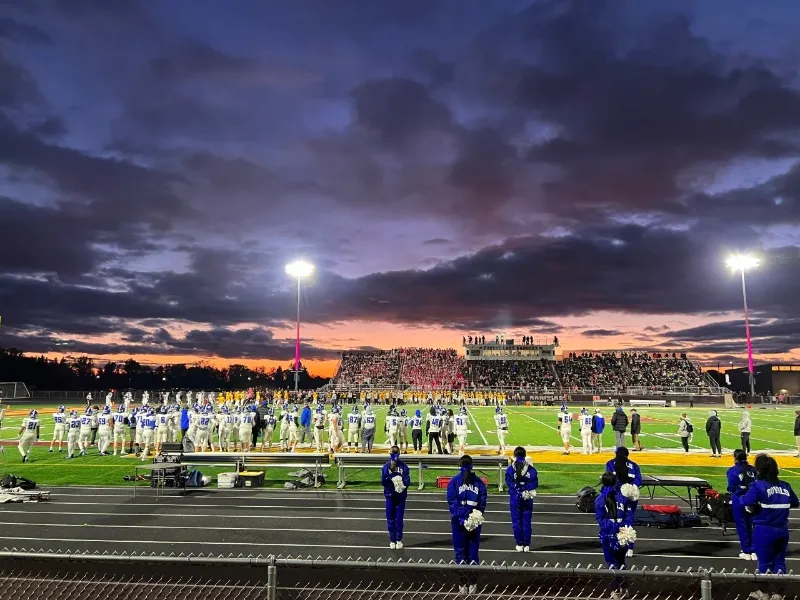
Frequently Asked Questions About D1 Schools
Are D1 schools known for having strong rivalries?
Yes, D1 schools often find themselves caught up in spirited rivalries with other schools, particularly those in the same conference. When it comes to big games in sports like football and basketball, these matchups really grab the spotlight and get fans super excited.
How many D1 schools are there?
Across the United States, there are a total of 365 NCAA D1 schools, which are part of the highest level of school sports divisions. These schools tend to have the biggest budgets for sports and offer more scholarships compared to the other levels of NCAA divisions.
How many D1 athletes get full rides?
Every year, according to NCSA College Recruiting, there are approximately 85 full-ride scholarships available across all NCAA Division I universities, 1% of all scholarship winners. The number is even fewer for Division II colleges. In Division III, which consists of 432 schools, it's worth mentioning that these institutions don't offer college athletic scholarships.
Sprint into scholarship success with this D1 scholarship blog dedicated to D1 insights for football athletes! Break through the competition and seize the playbook of scholarships for D1 schools.